Painting tools: features, types and tips for choosing

Painting tools are a necessary component when working with compositions for finishing and repairing premises. In most cases, both professionals and self-taught people use almost the same sets of devices to transform the interior. But there are also differences, mainly related to the range and complexity of the tasks to be solved. For example, an amateur does not need a powerful spray gun, but for a specialist it can greatly facilitate work on large surface areas.

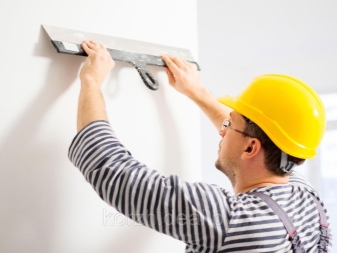
Peculiarities
All existing types of professional painter's tools are difficult to cover. Indeed, to obtain an optimal result, a specialist has to perform various manipulations: level, clean, smooth the coating. Depending on the operation, the purpose of construction and painting and painting and plastering tools, and even their sizes, also change. Among the distinctive features of tools for painting work is the mandatory presence of a contact surface with which the work is performed. And also it is worth paying attention to the fact that in addition to basic devices, there are auxiliary ones.
- Baths... With their help, excess paint is removed from the paint roller. Such a cuvette is made of polymeric materials and has a corrugated bottom. The use of trays helps to ensure the most even laying of the coating, to avoid splashing paint compounds.
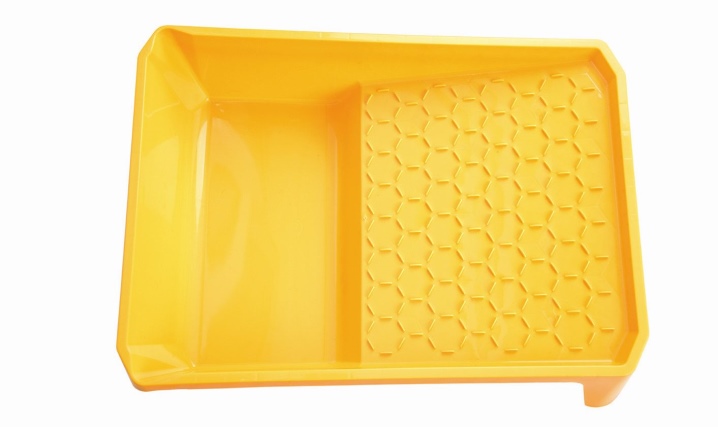
- Metal brushes. With their help, they clean surfaces that can be subjected to harsh abrasive action. For example, when painting metal or removing old coatings from concrete. Rust is removed precisely with metal bristled brushes.
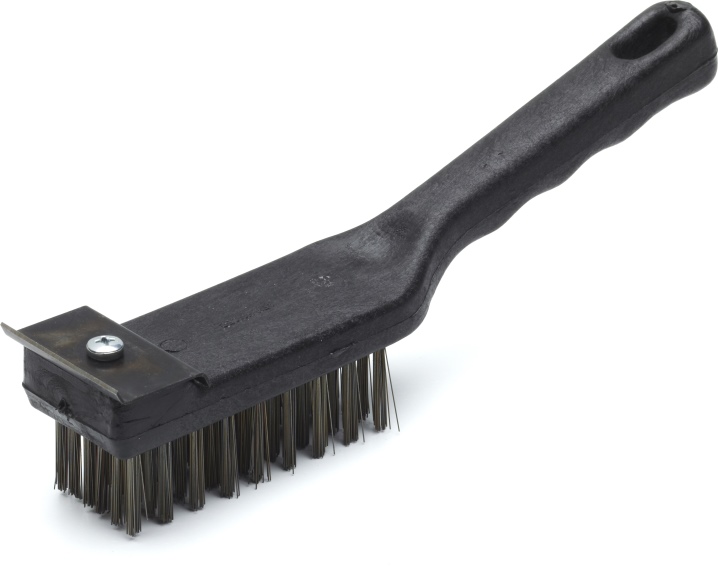
- Cuvettes for solutions. They are used when mixing plaster compounds, manual tinting of paint. The capacity of the fixture depends on its purpose and type of work.
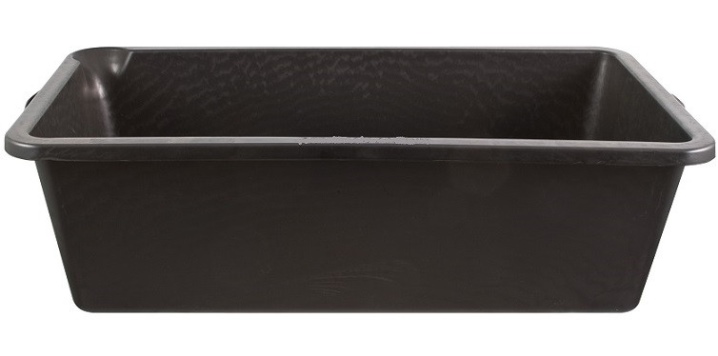
- Wallpaper brushes. They are intended to remove folds and swollen areas: air bubbles. It is important to take into account that the tool must have a comfortable grip for fixing it in the palm, otherwise it will be inconvenient to work with it for a long time.
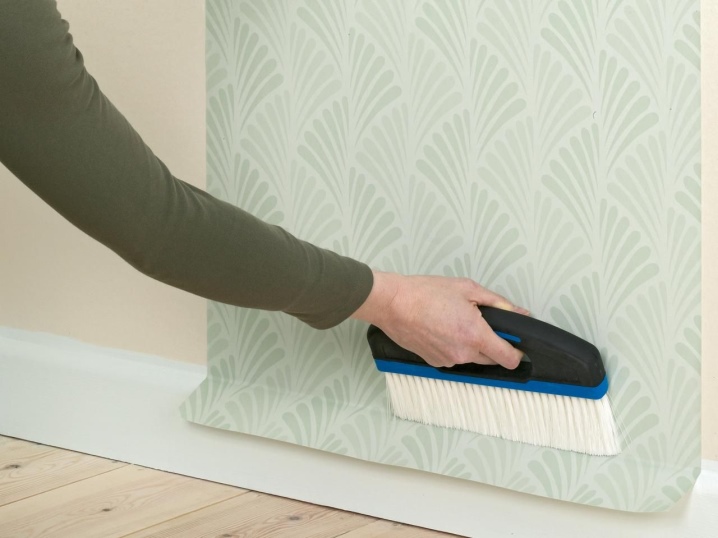
Each type of painting supplies has the main features. The first thing you have to pay attention to is geometry and shape. It is quite varied in brushes, which can be:
- square;
- round;
- rectangular;
- oval.
It is also customary to consider the features of the bristles separately. It can be artificial: universal, but limited for contact with particularly corrosive solvents. These brushes are especially useful when working with varnishes.
Universal brushes combine areas with different types of villi, they hold paints and varnishes with different density of fractions well, do not shed.
Natural bristles are more flexible and soft, it is convenient to work with linseed oil, oil-based and alkyd-based paints.
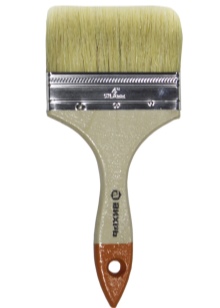

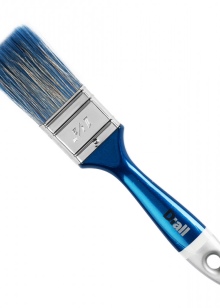
The rollers also have some differences. There are collapsible or reusable models, in which there is a movable replaceable part, and monolithic structures (disposable). Among the pile options, the most popular are several solutions.
- Polyamide based. They are considered universal, have high absorbency.
- Based on polyacrylic. May dissolve or interact with binders of paints and varnishes.
- Made of polyester with a characteristic fiber structure. They are characterized by low wear resistance.
- From foam rubber. Suitable only for working with water-based materials: oil and alkyd components corrode the material.
- Natural fur... They are practical, versatile and wear resistant.
- From velor... They are used for finishing, have a short nap and a uniform surface structure.
The length of the pile also matters. The more embossed the coating is, the more difficult it is to paint over it. Accordingly, short-haired velor models are suitable only for smooth walls and ceilings without relief.
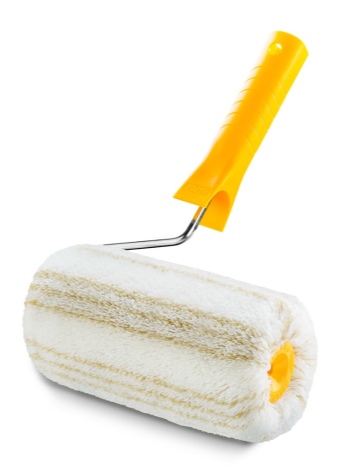
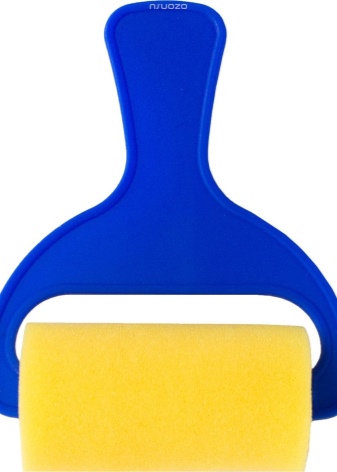
Requirements
Painting tools have their own standards, subject to the requirements of certain regulations. The norm for brushes and brushes is specified in GOST 10597-87. It defines the characteristics and typology of products. In particular, according to the established marking for manual work on painting and applying primer, products of KRS, KRO, KR are considered suitable.
Flat varieties of brushes used in surface cleaning, whitewashing - KP. Products marked with KMA are only suitable for working with water-based materials. KF - specialized flute brushes that allow you to smooth out the marks left on the surface during painting. Finishing options marked with KFK or KT, depending on the purpose, are used when trimming or processing panels.
Sizes vary in the range of 20–100 mm (for KMA the range of 135, 165 and 195 mm is used, for KF from 8 to 18 mm). The wooden parts used must not have knots larger than 5 mm in diameter. The moisture content of the product should not exceed 12%, a coating based on drying oil or varnish (for conifers) is mandatory.
For rollers, GOST 10831-87 is relevant. Marked by the type of coverage:
- VM - fur, designed for working with varnishes and paints (VPM - for floors, VMU - angular);
- VP - for work with water-based adhesives, have a polyurethane coating.
Standard sizes for fur products - 100, 200, 250 mm. Pile height in the range of 8–25 mm, uniform over the entire surface. It is permissible to manufacture sewn products from pieces. Polyurethane products should be produced as a single piece, without glue or welded seams. A typical clasp (handle and base) of the replaceable roller has a diameter of 8 mm. The indicators of its design are not regulated by the requirements of the state standard.
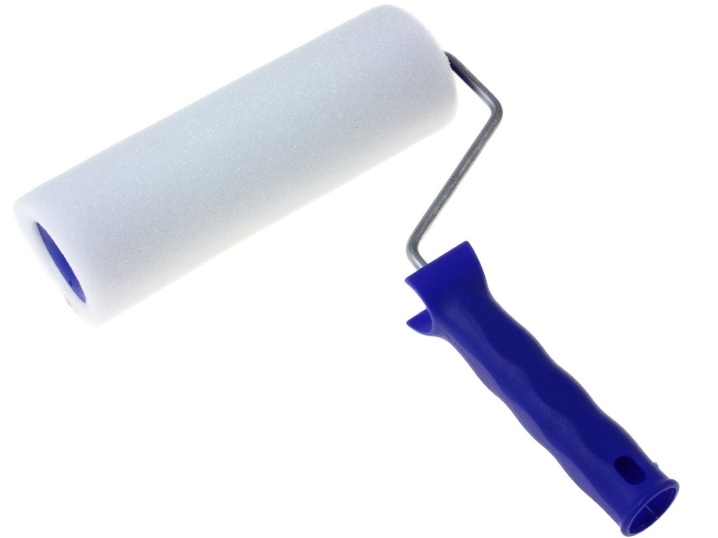
What tools are used?
Basic options for professional construction or painting and plastering work include manual, pneumatic and electrical tools. The description of the most commonly used types should be considered in more detail.

Putty knife
Hand tool with rubberized or wooden handle, used to apply fillers and smooth surfaces. Has a wide and flat work surface. For finishing works it can be made of metal.
Tool options are made of wood for applying putty compounds on plastered or wooden bases.
The rubber trowel has a trapezoidal shape, allows you to close the seams without damaging the base coat, usually does not have a handle.

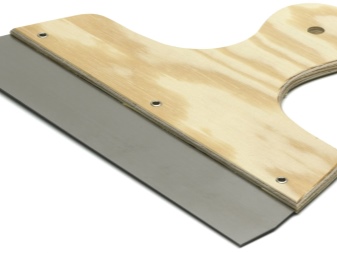
Brush
In terms of its functions, it duplicates the brush, but is large in size. It allows you to quickly cover a significant surface area with an adhesive or a primer. Sometimes used instead of a spray gun.
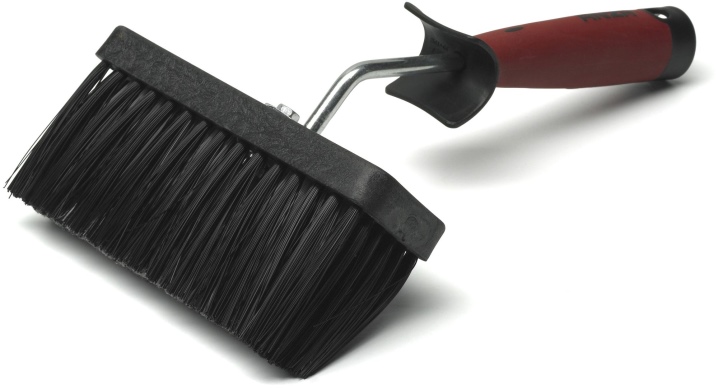
Brush
There are quite a few types of brushes. For adhesives, volumetric terry options are used, which are mounted on a long handle. A slightly less productive option in terms of the speed of covering large areas is a whitewash brush made of bast, synthetic fiber. With a pile length of up to 10 cm, they have a width of 200 mm, suitable for whitewashing inside and outside buildings.
Round or rectangular bristle is a product with a removable or permanent handle, made of natural bristle. It can also be used to work with whitewash compounds. For smaller jobs, a classic handbrake is used: a brush with a diameter of up to 54 mm. In a metal frame, such products are considered universal. When glued, it should not be used for liming.
Flange brushes have a flat shape, width from 25 to 200 mm, professionally made from metal-framed badger hair. With such a tool, rough traces left by brushes of other types are smoothed out, and defects are removed.
Panel brushes for the most delicate painting work are available in round and flat versions. The bristles in them are always white and hard.
Miter brushes are similar to brushes, but differ in size. A rectangular product with a working platform of 15x76 mm can create a rough effect on the surface. Special requirements are imposed on the bristles: it should be as stiff as possible.
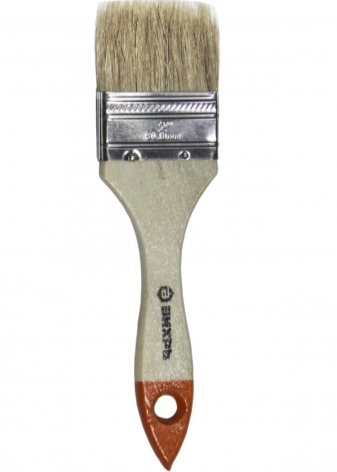
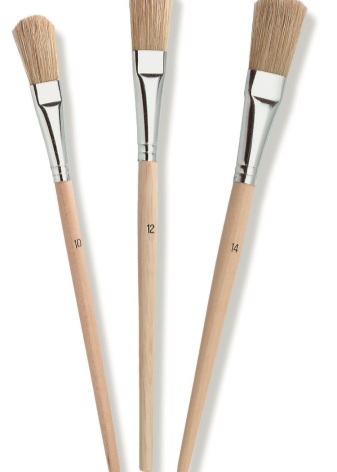
Roller
The most productive are foam rubber, as well as fur (natural and synthetic) products. There are special types of products: for working in stairwells or with narrow metal racks. Such products are made with two rollers, they allow high-quality processing of the painted plane.
Universal models usually have a foam roller, but are only available in a disposable version. Miniature rollers up to 100 mm in size and up to 30 mm in diameter are suitable for ceiling work, painting narrow areas, decorating rooms. Facade models have a fleecy coating that paints over any irregularities well. Needle varieties are used for piercing drywall or leveling bulk mixes.
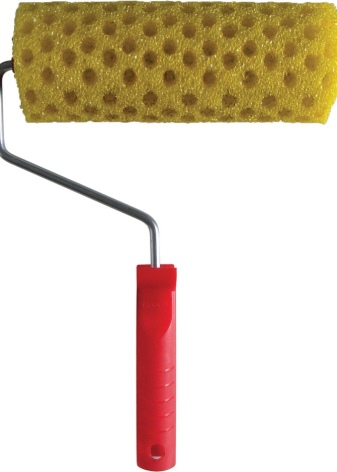
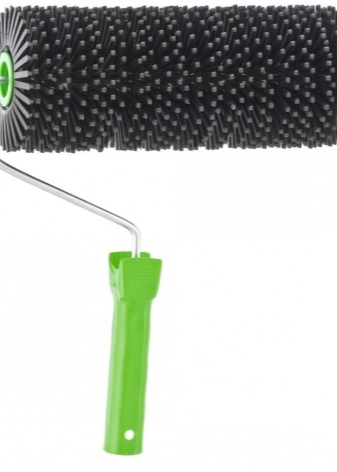
Mechanical fixtures
This category includes 2 types of tools.
- Manual spray gun... Allows to achieve uniformity of coloring, sensitive to the purity and thickness of the paint.
- Electric or manual spray gun. Sprays the compound under pressure, provides maximum speed.
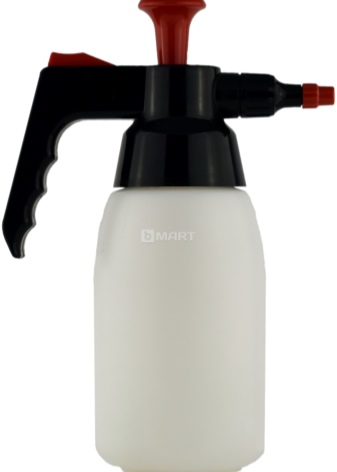

Selection recommendations
Don't skimp on the quality of your painting tools. The more reliable and safe they are, the better the work will be. In addition, products made from natural and artificial materials require careful care and proper storage. Then their service life will be as long as possible.
When choosing brushes, it is important to pay attention to the composition of the material. Natural bristles are better than horsehair, mixed construction is allowed. The presence of a metal frame significantly increases the durability of the product and prevents intensive loss of lint.
Glued versions are much less durable and are not suitable for working with lime.
If questions arise when purchasing materials and tools for independent use, it is better to first check the compatibility of the selected product and the type of paint and varnish products. In addition, you should follow the recommendations for the application and the proportions of preparation of compositions for finishing. Then mistakes in the use of painting supplies can be avoided.
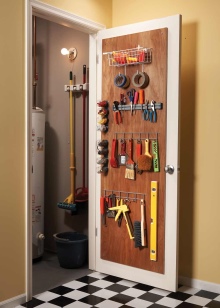
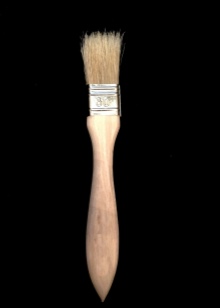

An overview of painting tools is provided in the video below.













The comment was sent successfully.